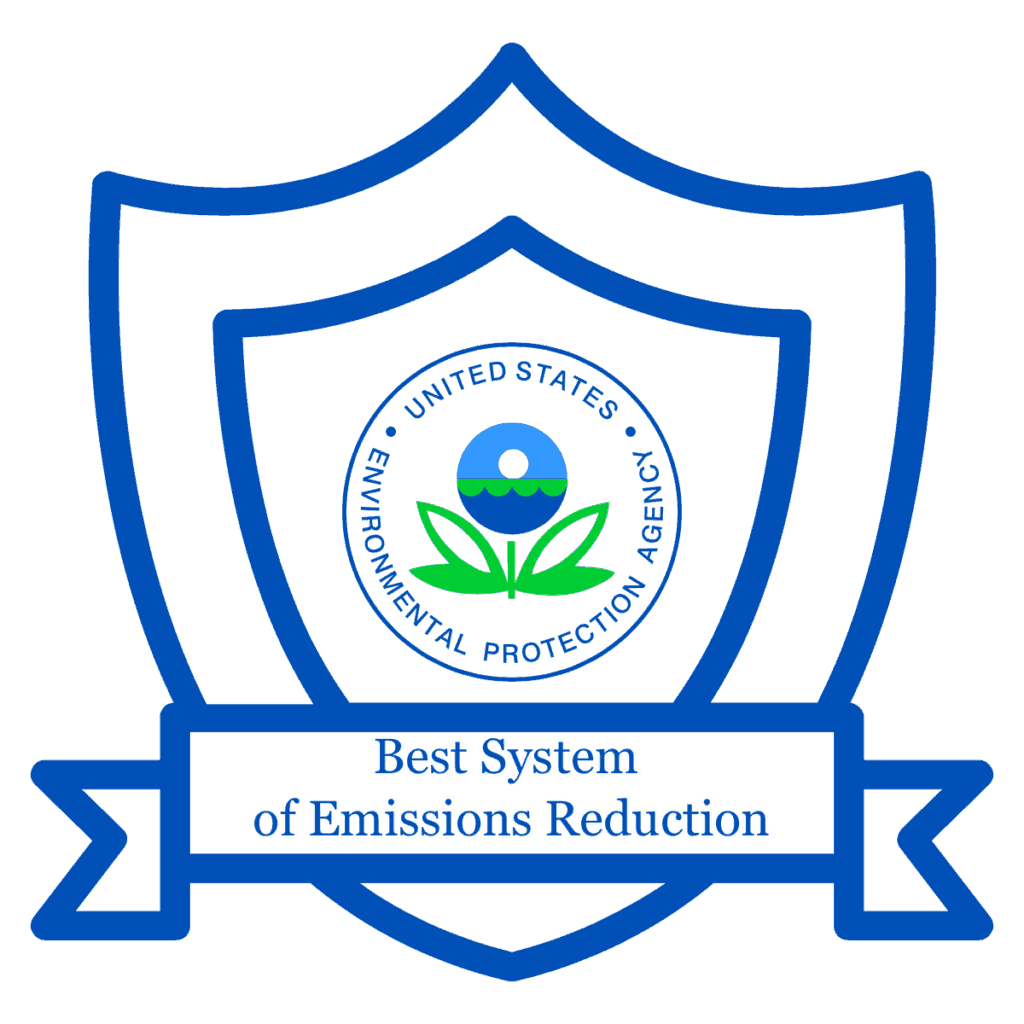The oil and gas industry has traditionally been a conservative sector, hesitant to embrace new technologies.
However, the advent of drones or Unmanned Aerial Vehicles (UAVs) has provided the industry with new opportunities to optimize operations, reduce costs and improve safety.
In this article, we explore the benefits, use cases, challenges, and future trends of the oil and gas industry drone use.
- What are the benefits of using drones in the oil and gas industry?
- How can drones be utilized for visual inspection in the oil and gas industry?
- What are the use cases for drones in the oil and gas industry?
- Examples of drone usage in Oil and Gas
- Examples of Drone Solutions for the Oil and Gas Industry
- What are the challenges in deploying drones in the oil and gas industry?
- What are the future trends for drone use in the oil and gas industry?
- The opportunity for Drone services in the oil and gas industry
- Conclusion
What are the benefits of using drones in the oil and gas industry?
Drone-based inspection and monitoring
Drones provide a quick and cost-effective way to inspect and monitor oil and gas assets, eliminating the need for manual inspections, which can be dangerous and time-consuming.
By using commercial drones equipped with high-resolution cameras, thermal sensors, and methane detectors, companies can identify potential hazards and structural issues in pipelines, offshore rigs, storage tanks, an entire oil refinery, and other facilities from a safe distance.
Real-time data collection
An unmanned aerial vehicle equipped with finely tuned sensors and cameras can collect real-time data on oil and gas operations, providing companies with valuable insights into their assets’ health and performance.
This data can be used to optimize production processes, detect leaks, monitor corrosion, and plan maintenance schedules.
By analyzing data in real time, companies can make informed decisions and improve efficiencies.
Integration with existing workflows
Drone technology can be easily integrated into existing workflows, allowing oil and gas companies to access data quickly and efficiently.
Drones can be programmed to perform specific inspection routes, fly autonomously, for example, to perform pipeline inspections, and transmit data to cloud-based platforms accessible by decision-makers at any time.
This integration enables companies to gather intelligence on their operations and improve decision-making processes.
How can drones be utilized for visual inspection in the oil and gas industry?
Leak detection and monitoring
Drones equipped with infrared cameras can detect and quantify methane and other natural gas leaks that are invisible to the naked eye. This technology can help companies identify leaks and prevent costly spills while reducing emissions.
Corrosion inspection
Corrosion in pipelines and other oil and gas assets can be a costly problem. Using drones equipped with sensors and cameras, companies can quickly identify corrosion hotspots and take preventive measures before they become significant problems.
Thermal imaging for asset monitoring
Drones equipped with thermal cameras can detect temperature changes in equipment, identifying potential operational issues and structural problems. By monitoring assets in real-time, companies can plan maintenance schedules more efficiently, reducing downtime and improving asset performance.
What are the use cases for drones in the oil and gas industry?
Offshore exploration and drilling
Drones can be used to perform aerial surveys of offshore sites, map underwater terrain, and identify potential risks before drilling. In addition, drones can be used to monitor offshore drilling operations, providing real-time data on oil and gas flows and ensuring compliance with safety and environmental regulations.
Inspection of pipelines and storage tanks
Drones can fly over pipelines and storage tanks, inspecting for potential issues and detecting leaks, freeing up human resources to perform other tasks. Autonomous drones can perform regular inspections and fly over a predefined area for asset inspection. Drones can also identify areas of corrosion, erosion, and other problems that can impact the integrity of the pipelines and document any damage incurred.
Emergency response and spill management
In the event of a natural disaster, oil spill, or other emergency situation, drones can provide valuable support for emergency responders. Drones equipped with sensors and cameras can survey areas that are difficult to access, monitor the spread of oil, and provide real-time data and correspondence between teams on the ground.
Examples of drone usage in Oil and Gas
Examples of drone usage in the oil and gas industry that have led to substantial benefits:
BP’s Prudhoe Bay Oil Field Inspection: BP, in collaboration with AeroVironment, used a Puma AE drone for aerial surveys of its Prudhoe Bay oil field in Alaska. The drone helped in mapping and managing the oil field infrastructure, leading to increased efficiency and safety. Read more
Shell’s Use of Drones for Flare Stack Inspections: Each flare stack inspection in Shell Deer Park Manufacturing Complex in Texas is conducted using drones. This has significantly reduced downtime and increased safety as the flare stacks can remain operational during the inspection. Read more
ExxonMobil’s Drone Inspection in Offshore Platforms: ExxonMobil has been using drones to inspect offshore platforms in California. The drones are used to detect methane leaks, which is not only beneficial for safety but also helps in reducing greenhouse gas emissions. Read more
BP’s Prudhoe Bay oil field inspections: BP has been using drones for the routine inspection of pipelines and oil fields in Prudhoe Bay, Alaska, one of the largest and most challenging oil fields in North America. The use of drones has significantly reduced the risk to personnel and improved the efficiency of inspections. Read More
Equinor’s Drone Inspections of Oil and Gas Installations: Equinor, a Norwegian multinational energy company, has been using drones for inspections of oil and gas installations in the North Sea. The drones are used to inspect and monitor the installations, reducing the need for human intervention and increasing safety. Read More
Examples of Drone Solutions for the Oil and Gas Industry
| Solution/Product Name | Type | Manufacturer/Provider | Link | Description |
|---|---|---|---|---|
| PrecisionHawk | System | PrecisionHawk | Link | PrecisionHawk provides drone and software solutions for the oil and gas industry. Their services include aerial data collection, data management, and advanced analytics. |
| DroneDeploy | Software | DroneDeploy | Link | DroneDeploy offers a drone software solution for the oil and gas industry. Their software allows for aerial mapping, 3D modeling, and data analysis. |
| Flyability Elios 2 | System | Flyability | Link | Flyability offers the Elios 2 drone for the oil and gas industry. This drone is designed for indoor inspections, including in confined spaces and complex structures. |
| Aerodyne | System | Aerodyne Group | Link | Aerodyne is a DT3 (drone technology, data technology, and digital transformation) enterprise solutions provider. They use drone data and AI-powered analytics to resolve complex industrial challenges. |
| FLIR G300 a | Sensor | FLIR Systems | Link | The FLIR G300 a is an optical gas imaging (OGI) camera that visualizes gas, allowing for monitoring of installations in remote or hazardous areas for gas leaks. |
| Percepto Air Max OGI | System | Percepto | Link | The Percepto Air Max OGI is an autonomous, end-to-end gas detection solution. It is the only drone-in-a-box with an integrated OGI (Optical Gas Imaging) camera. It is EPA certified and can detect common VOCs, including Benzene, Ethane, Methane, Propane, and many others. |
| DeltaQuad Pro #MAP | System | Vertical Technologies | Link | The Percepto Air Max OGI is an autonomous, end-to-end gas detection solution. It is the only drone-in-a-box with an integrated OGI (Optical Gas Imaging) camera. It is EPA certified and can detect common VOCs, including Benzene, Ethane, Methane, Propane, and many others. |
What are the challenges in deploying drones in the oil and gas industry?
Regulatory compliance and safety concerns
Regulatory compliance is a significant challenge for companies deploying drones in the oil and gas industry.
Companies must adhere to various national and international regulations concerning drone usage, such as registration, flight restrictions, and operator certifications.
Additionally, there are safety concerns such as drones entering restricted airspace, collisions with other aircraft, and human error that can impact operations.
Limited drone flight time and range
Commercial drones have limited flight time, typically ranging from 20-30 minutes, which can impact their effectiveness in large areas and larger operations.
The range of drones can also be limited, meaning that they can only operate in a specific area, limiting the extent to which they can be used to replace manual inspection and monitoring activities.
Skills and expertise required for drone operation and analysis
Drone operation and analysis require specific skills and expertise that can be a challenge for the oil and gas industry.
Companies need to have trained drone pilots who can operate the vehicles safely, follow flight plans, and analyze the data collected.
Additionally, they need data scientists who can analyze the information and provide insights that are actionable.
What are the future trends for drone use in the oil and gas industry?
Improved sensor capabilities and autonomous flight
The development of advanced sensors will enable drones to carry out more complex operations such as gas detection, leak identification, corrosion control, and more.
Additionally, advancements in autonomous flight will improve the functionality of drones, giving them the capability to carry out non-linear or repetitive tasks and eliminating the need for a drone pilot to be on the site.
Increased use of artificial intelligence and data analytics
The incorporation of artificial intelligence and data analytics will make data collection and analysis quicker, more accurate, and more comprehensive.
By analyzing the drone data collected in real-time and developing models and algorithms to predict the future performance of oil and gas operations, companies can optimize their operations and reduce costs.
Collaboration between drone manufacturers and oil and gas companies
As drone technology becomes more advanced, drone manufacturers and oil and gas companies will need to collaborate more closely to ensure the most effective use of the technology in the industry.
Such collaborations will help to identify innovative solutions to operational challenges, improve data quality, and enhance operational efficiency.
The opportunity for Drone services in the oil and gas industry
The oil and gas industry has found itself at the forefront of the global drone market, with American robotics and drone manufacturers developing autonomous drones for oil and gas operations.
Drone deployment has significantly transformed the industry, especially for operations in difficult-to-reach areas such as offshore rigs and pipelines.
The oil and gas industry has witnessed a significant increase in drone deployment in recent years.
Drones have been applied in diverse capacities ranging from drone inspection, asset inspection, leak detection, pipeline inspection, flare stack inspection, and emergency response, among others.
With the help of drone technology, the industry has been able to collect data and conduct visual inspections of oil refineries, mining sites, and natural gas storage facilities.
In addition, drones equipped with sensors and artificial intelligence can detect gas leaks, pipeline corrosion, and crude oil spills, enabling emergency response teams to take action quickly.
The use of BVLOS drones (Beyond Visual Line of Sight) is now common, enabling the inspection of large areas and giving access to areas that were previously impossible to monitor through manual inspection.
The increasing use of drone services in the oil and gas industry is indicative of the digital transformation happening in the energy industry, and this trend is expected to continue in the coming years.
When should the oil and gas industry build its own drone solution versus buying a drone service?
The adoption of drone technology has significantly boosted operations in the energy industry.
However, oil and gas industry players often find it difficult to determine when to build their drone solution or purchase drone services from the new players in the market – the oil and gas drone service provider.
One factor that influences the decision to build or buy is the nature of operations.
When dealing with large areas of operation, as witnessed in offshore rigs in the North Sea, for instance, it is often cost-effective to purchase drone services.
This is because purchasing drones can be expensive, considering that they will also require a considerable investment in terms of drone pilots, training, and maintenance.
On the other hand, building autonomous drones is necessary where regular inspections are required, such as in oil refineries, where manual inspection poses safety risks.
In addition, building your own drone solution allows companies to customize them to suit specific needs and use the latest technology in the market, like sensors, artificial intelligence, and data analysis, which can result in significant cost savings and efficiency in operation.
The jury is still out there, and there is no one-size-fits-all solution to whether companies should build or buy drone technology for their oil and gas operations.
Conclusion
The use of drones in the oil and gas industry provides significant benefits, including improving safety, reducing costs, and optimizing operations.
Drones can help companies achieve greater operational efficiency, ensuring compliance with regulations and improving safety.
Even with the challenges of regulatory compliance, limited flight time and range, and skill acquisition, the growth potential for drones in the oil and gas industry is significant.
The adoption of drone technology will become increasingly common throughout the oil and gas industry as companies discover the advantages of using drones.
These advantages will increase alongside the advancements in drone technology, such as improved sensor capabilities, autonomous flight functionality, and data analysis and prediction.
*OGI is considered an EPA Best System of Emissions Reduction


